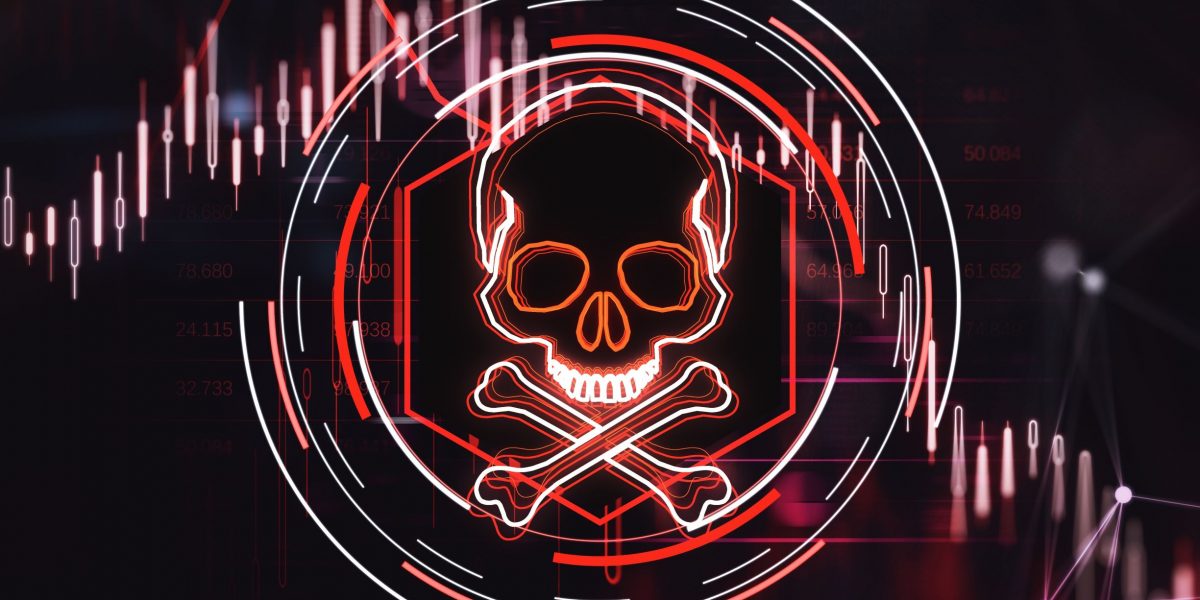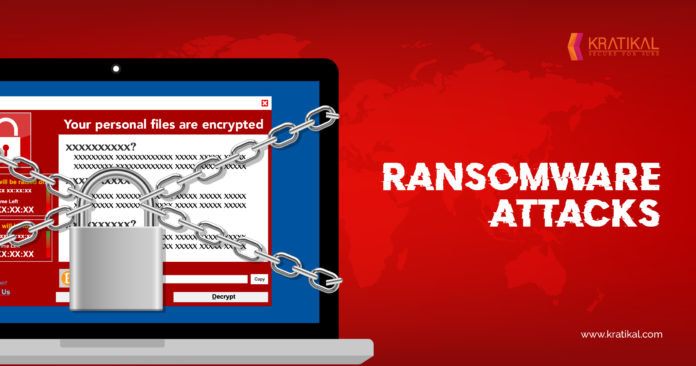A New Attack Reveals Everything You Type With 95 Percent Accuracy
Of course, generative AI tools are the talk of the security industry this year. And Microsoft is no exception. In fact, since 2018, the company has had an AI red team that attacks AI tools to find vulnerabilities and help prevent them from behaving badly.
Outside of Black Hat and Defcon coverage, we detailed the ins and outs of the data privacy that HIPPA provides people in the US, and explained how to use Google’s new “Results About You” tool to get your personal information removed from search results.
But that’s not all. Each week, we round up the security news that we didn’t cover in depth ourselves. Click on the headlines to read the full stories. And stay safe out there.
Your keyboard may be exposing your secrets without you even knowing it. Researchers in the UK developed a deep-learning algorithm that can figure out what a person is typing just by listening to keystrokes. In a best-case scenario (for an attacker, that is), the algorithm is 95 percent accurate. The researchers even tested it over Zoom and found it performed with 93 percent accuracy.
Now, if you’re thinking the researchers tested the attack on the noisiest mechanical keyboard they could find, you’d be wrong. They performed their tests on a MacBook Pro. And the attack doesn’t even require fancy recording equipment—a phone’s microphone works just fine. Someone who successfully carries out the attack could use it to learn a target’s passwords or snoop on their conversations. These kinds of acoustic attacks aren’t new, but this research shows they’re getting frighteningly accurate and easier to pull off in the wild.
A series of data breaches rocked the United Kingdom this week. On August 8, the Electoral Commission, the independent body responsible for overseeing elections and regulating political finances, revealed a cyberattack had exposed the data of 40 million voters to hackers. The organization has been unable to determine whether data was taken; however, it says that full names, emails, phone numbers, home addresses, and data provided during contact with the body could be impacted. “The attack has not had an impact on the electoral process,” the commission said. (Elections are run…



